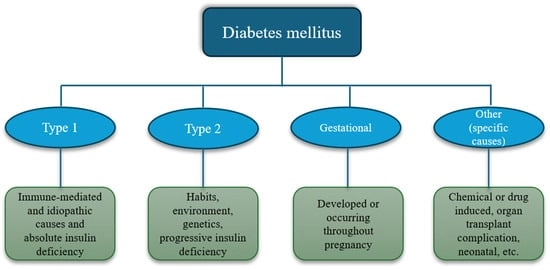- Review
Advancements in Encapsulation Technologies: The Potential of Polyphenols as an Antidiabetic Therapy
- Rigoberto Cabanillas-Ponce de León,
- Feliznando Isidro Cardenas-Torres and
- Noe Ontiveros
- + 6 authors
Diabetes mellitus (DM) is a disease that affects over 537 million people worldwide and results in 6.7 million deaths annually. Conventional treatment of this disease focuses on lifestyle changes and drug administration. However, very few people can adhere to a healthier lifestyle, and drugs are difficult to access, especially in low- and middle-income countries. An alternative as an adjuvant to the treatment of DM is the phenolic compounds from plants with reported anti-diabetic effects. However, the bioavailability of these compounds is very low since they are affected by the gastrointestinal tract and xenobiotic metabolism. To improve the availability of these compounds, an emerging technology such as encapsulation is being used since it has been reported that the encapsulation of phenolic compounds improves both their bioaccessibility and bioavailability, as well as their bioactivity. In this review, we will focus on compiling the most up-to-date information on the different encapsulation processes of phenolic compounds and the antidiabetic effect of encapsulated phenolic compounds using the databases PubMed, Scopus, Web of Science, and Google Scholar. We will discuss the mechanisms, pathways, and receptors involved in the modulation of DM, especially those related to inflammation, oxidative stress, and insulin resistance.
28 October 2025




